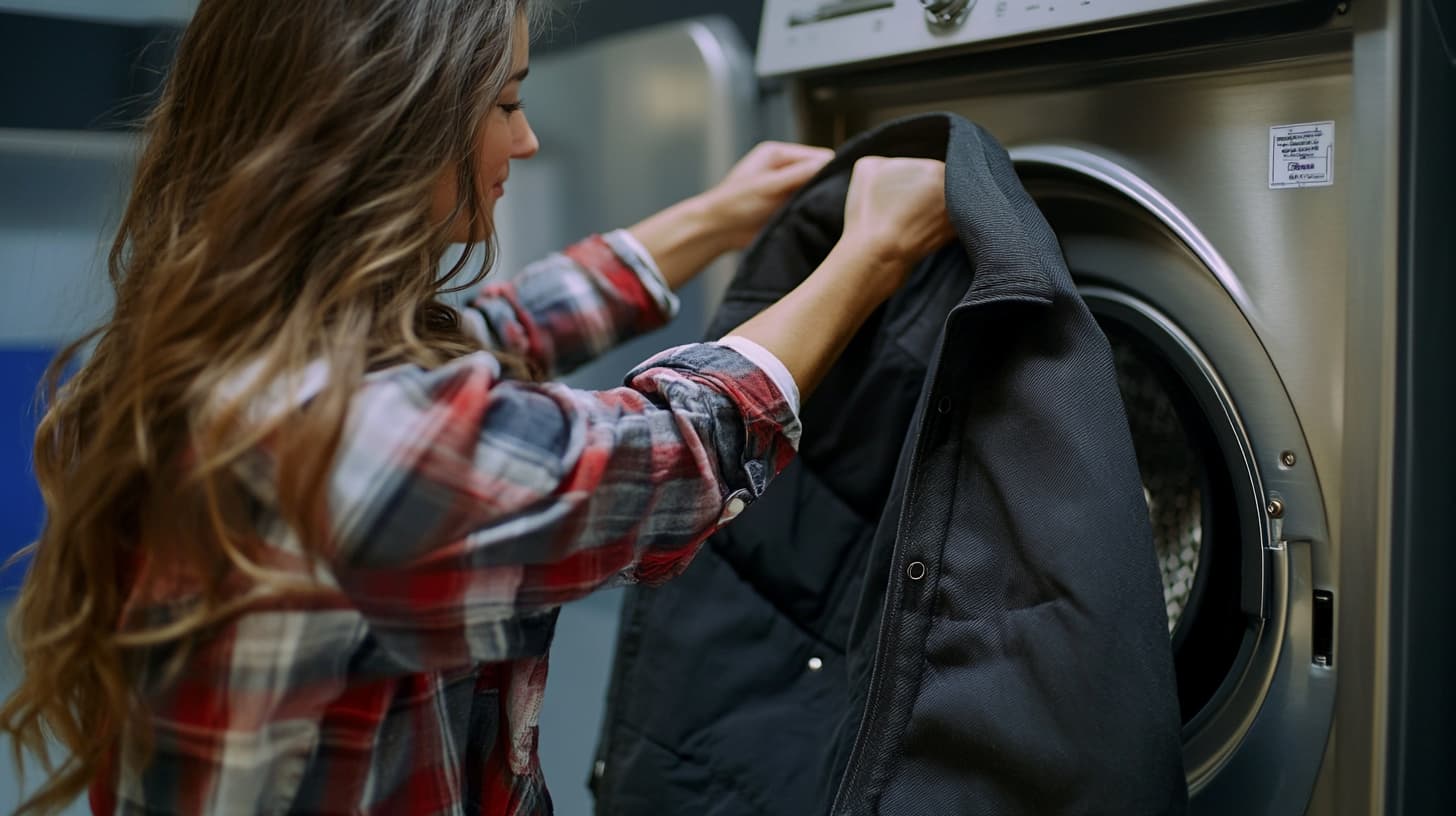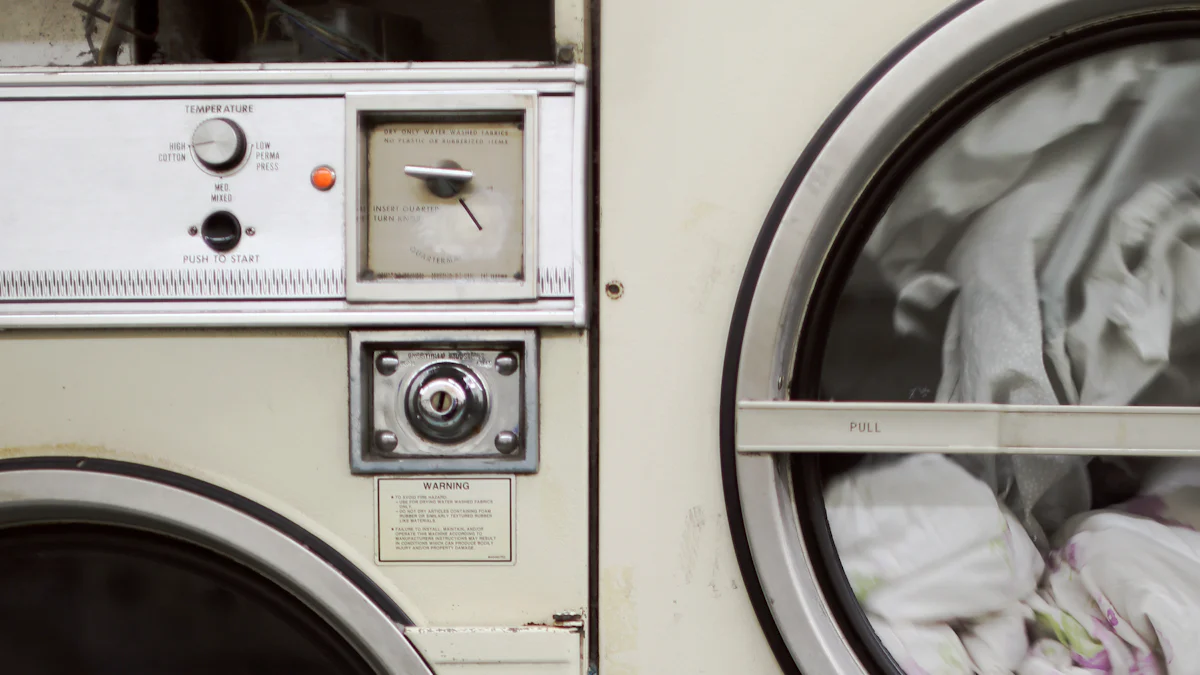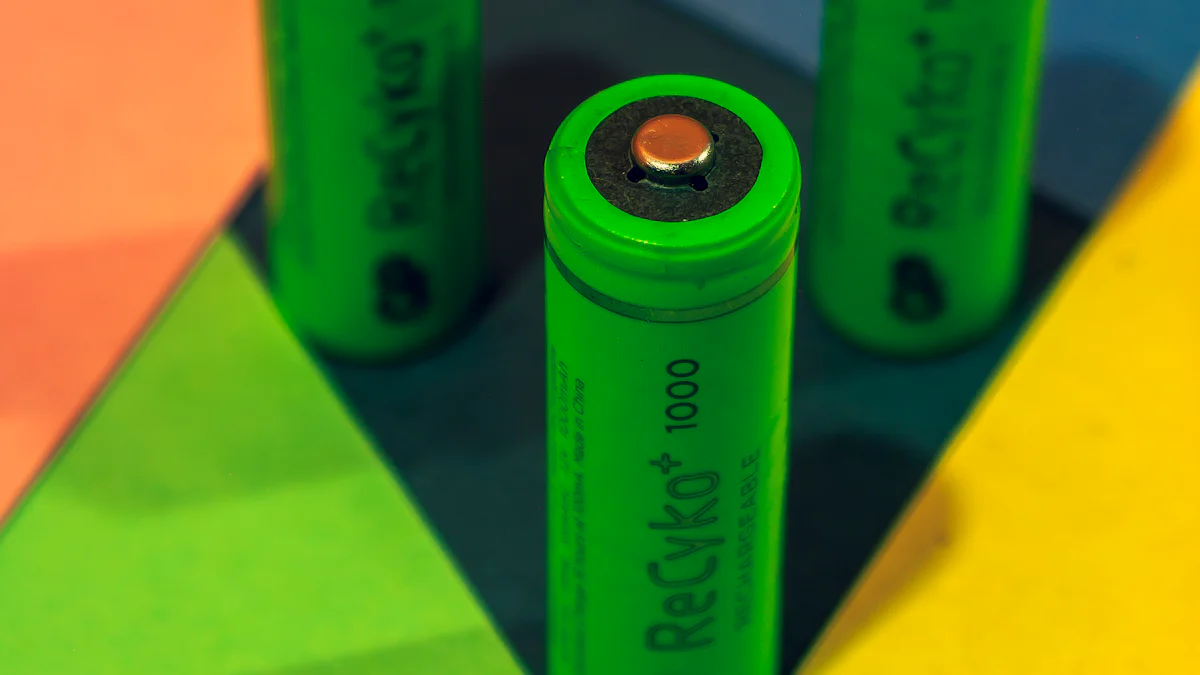
Safe cleaning guide for heated vests: tips to extend their lifespan
Proper cleaning plays a crucial role in maintaining the efficiency of heated vests. Regular cleaning prevents dust from penetrating the apparel and damaging the heating elements. Extending the lifespan of heated vests offers significant benefits. Users save money by avoiding frequent replacements. Common mistakes can reduce the lifespan of heated vests. Avoid using bleach or harsh chemicals. Follow the manufacturer's care instructions to ensure longevity. A comprehensive cleaning guide helps users maintain their heated vests effectively.
Understanding Heated Vests
Components of Heated Vests
Heating Elements
Heated vests use carbon fiber heating elements. These elements distribute warmth evenly across the vest. The design ensures consistent heat transfer. Safety features protect against overheating. Moisture-resistant elements allow for safe use in damp conditions. Flexible and lightweight materials enhance comfort.
Battery Packs
Rechargeable batteries power heated vests. These batteries fit into a pocket or pouch. Users can easily remove them for charging. The battery provides portability for outdoor activities. A simple button allows users to control the heat level.
Materials Used
Fabric Types
Heated vests feature various fabrics for warmth and comfort. Manufacturers select materials that enhance insulation. Water-tight designs protect electrical components. Fabrics must withstand washing without damage.
Insulation Materials
Insulation materials retain heat effectively. They work with heating elements to maintain warmth. Proper insulation ensures efficient energy use. Quality insulation contributes to the vest's overall performance.
Cleaning Guide for Heated Vests

Preparing for Cleaning
Reading the Care Label
Every heated vest includes a care label. This label provides essential cleaning instructions. Following these instructions ensures the vest's safety features remain intact. Manufacturers design these labels to guide users in maintaining the vest's integrity. Always check the care label before starting the cleaning process.
Gathering Necessary Supplies
Proper supplies make cleaning efficient. Gather mild detergent, a soft brush, and a clean towel. Use a pillowcase if you plan to machine wash the vest. A pillowcase protects the vest during the wash cycle. Ensure the battery is removed before cleaning. This step prevents potential damage.
Cleaning Process
Hand Washing Method
Hand washing offers a gentle cleaning option. Fill a basin with lukewarm water. Add a small amount of mild detergent. Submerge the vest and gently agitate it. Focus on stained areas using a soft brush. Rinse thoroughly to remove soap residue. Lay the vest flat on a towel to dry.
Machine Washing Guidelines
Machine washing requires caution. Place the vest inside a pillowcase. Use a gentle cycle with cold water. Avoid hot water to protect the heating elements. Select a mild detergent suitable for technical fabrics. After washing, remove the vest promptly. Air drying is preferable to maintain functionality.
Drying and Storage

Proper Drying Techniques
Air Drying
Air drying ensures the longevity of heated vests. Lay the vest flat on a clean, dry towel. This method helps maintain the vest's shape and prevents damage to heating elements. Ensure the area has good ventilation. A well-ventilated space speeds up the drying process. Avoid hanging the vest to prevent stretching.
Avoiding Direct Heat
Direct heat can harm heated vests. Keep the vest away from radiators or heaters. High temperatures can damage the fabric and electrical components. Place the vest in a shaded area for drying. This practice protects the vest from excessive heat exposure. Mark Johnson, an expert in electrical engineering, states, "Heated vests are generally safe if you adhere to the manufacturer's guidelines." Following these guidelines ensures the vest remains functional.
Safe Storage Practices
Folding and Storing
Proper folding prevents creases and maintains the vest's integrity. Fold the vest gently and avoid tight folds. Store the vest in a cool, dry place. A storage bag can offer additional protection. Avoid placing heavy items on top of the vest. This practice preserves the vest's shape and functionality.
Battery Care
Battery care is crucial for heated vests. Remove the battery before storing the vest. Store the battery in a cool, dry location. Regularly charge the battery to maintain its health. Inspect the battery for any signs of damage. Mark Johnson emphasizes the importance of regular inspections. These inspections ensure the battery remains in optimal condition.
Maintenance Tips
Regular Inspections
Checking for Damage
Regular inspections help maintain the quality of heated vests. Examine the fabric for tears or wear. Inspect the heating elements for any visible damage. Look for signs of fraying around the wires. Ensure that all connections remain secure. Identifying issues early prevents further damage.
Ensuring Battery Health
Battery health plays a crucial role in the vest's performance. Check the battery for any swelling or leakage. Make sure the battery terminals are clean. Charge the battery regularly to maintain its lifespan. Follow the manufacturer's guidelines for charging cycles. Proper battery care ensures consistent heat output.
Seasonal Care
Preparing for Off-Season
Proper preparation for the off-season extends the vest's life. Clean the vest thoroughly using the cleaning guide. Remove the battery before storing the vest. Store the vest in a cool, dry place. Use a storage bag to protect the vest from dust. Proper preparation prevents mold and mildew growth.
Long-Term Storage Tips
Long-term storage requires careful attention. Fold the vest gently to avoid creases. Avoid placing heavy items on top of the vest. Store the battery separately in a safe location. Regularly check the stored vest for any signs of damage. Following these tips maintains the vest's shape and functionality.
Heated vests are safe to wear when used responsibly by following manufacturer guidelines and safety precautions.
Proper cleaning of heated vests ensures longevity. Key tips include using mild detergents and avoiding direct heat. Many users emphasize the importance of following safety guidelines. Mark Johnson, an expert, states that regular inspections prevent damage. Consistent maintenance keeps vests functional. Users find that adhering to these practices saves money and extends vest life. Remember to store vests in a cool, dry place. Regularly charge and inspect batteries for optimal performance. Maintain your heated vest with care to enjoy warmth and comfort for years.
